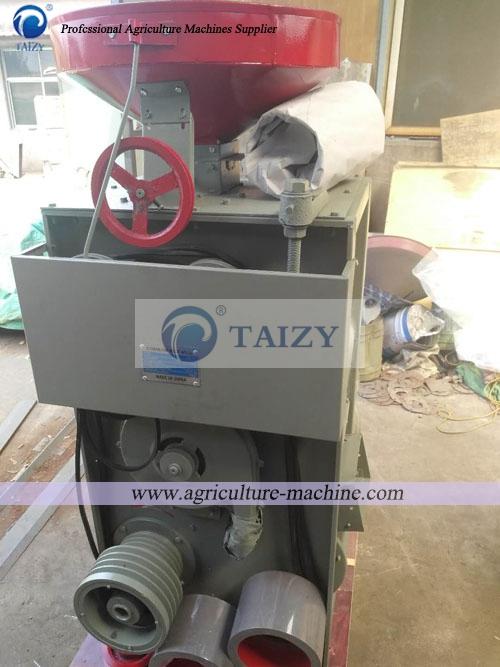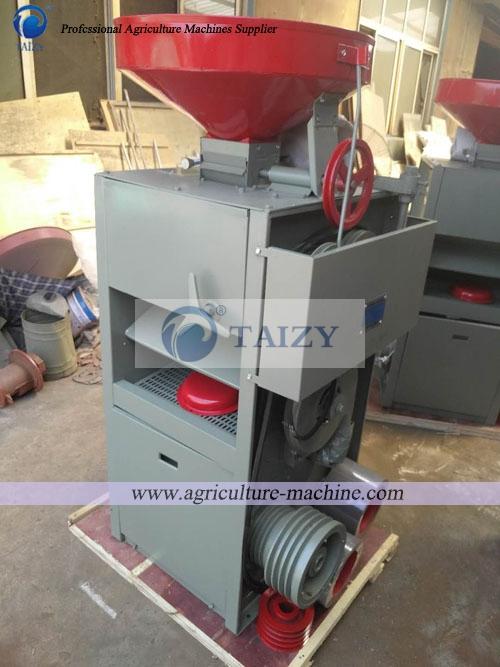The roll motion of the whitening mechanism of rice mill is the roll motion of rice grain. Tilting is the rotation motion of the long axis of rice grains, while rolling is the rotation motion of the short axis of rice grains. In the whitening process of the rice mill, the rice grain must have rolling motion to enable all parts of the rice grain to accept the whitening effect of the rice mill evenly, so as to avoid the phenomenon of insufficient whitening or partial overgrinding. There are three ways of producing it.
1. Rolling caused by white roller tendons (grooves) of rice mill. The direction of the velocity when the rice grain is separated from the rib (groove) is at an Angle with the tangent line, which makes the rice grain produce more collisions and rolls more times on a circumference.


2. Rolling caused by rice milling cutter, screen hole and convex point. The rice grain moves with speed. When it reaches the rice knife, the edge of the rice knife will bounce back Different “angles make the grains of rice roll. When there are many milling cutters, screen holes and convex points in the whitening room, there are many tumbling times, and vice versa. However, the number cannot increase indefinitely, which is limited by the whitening chamber structure and factors influencing the process effect.
3.The tumbling caused by jet blast of rice mill. Spray rice milling has become increasingly common, the wind under a certain pressure from the white roller interior to the surface of the holes or slots, spurting wind speed is generally greater than the rice grain suspension speed. When air enters the whitening chamber of the rice mill, the volume expands, the pressure decreases, and air mixing flow is formed.
